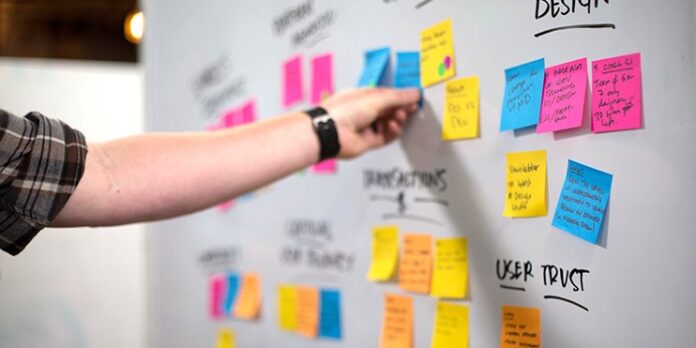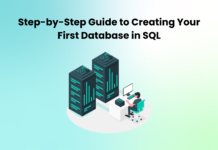A Design Sprint is a five-day process in which you can quickly get inputs regarding your users, different prototype ideas, and validate them.
It is extremely useful because it can reduce the design and delivery time of a project significantly.
Using the Sprint method, your team can start prototyping immediately by collecting user feedback and identifying and resolving small mistakes early on.
This process is extensively used to answer business questions, define the product direction, and build a team culture by helping the members formulate their strategy.
It is an excellent way to learn about the project without building and launching a real product.
Looks Interesting? Want to know in detail about the entire design sprint process, then you can go through this blog on How to run a design sprint.
However, if you have decided to run a good Design Sprint, then you should go through five tips that we have shared with you that will ensure success.
Five tips through which you can run a successful Design Sprint
Sprint process is a very simple technique to solve any vexing project issue. It is different for every new project
Therefore, we have highlighted some key things that you should take into account when you are running a Sprint.
Write a Sprint brief
The first step in the Design Sprint process is writing a sprint brief.
In the brief, you should write down the main challenges that you face, and what are the key goals that your team wish to achieve during the Sprint process.
Everyone on the team must have a clear understanding of what is expected of him or her.
Furthermore, when you are trying to write down the key challenges that you wish to solve through the Sprint process, you must look at only those problems that can be tested.
This process works effectively only for solving those problems that can be tested.
Prepare the groundwork
Once you have the Sprint process brief, the next part is to prepare the groundwork for implementing the process.
You have to bring in a team of different domain experts to work on a single problem.
The effectiveness of this process lies in the fact that it allows a cross-functional team of developers, UX designers, researchers, and others to try to look at the problem from different perspectives.
As a sprint leader, you must carefully distribute the work amongst the team members so that it works efficiently.
The process
Once the groundwork is completed, the actual process begins.
The first step is to establish your goal and what your product will look like.
This is very important because it will ensure that you don’t waste your time looking at a part of the problem which is not essential to the core issue.
Additionally, it will also help you to understand your long-term goals and the likely challenges you may face in achieving them.
You can bring experts from different departments or even invite someone from outside who can help the Sprint team get a comprehensive view of the problem.
As this is a five-day process, you must follow the time limit in finding whether the solution that you have devised will work optimally in five days.
Furthermore, you should ensure that the brainstorming is done for five consecutive days so that proper momentum is created in the team in finding a solution.
To make the process more interactive, you can sketch the possible ideas and solutions on a whiteboard so that everyone can study it and offer their input.
Prototyping
After you have thrashed out the idea and arrived at an optimum solution, then you must create a prototype.
You must be sure that it is not very complicated and it offers a realistic solution so that you can put in front of the users for them to give you credible feedback.
In this process, you have to move swiftly, and to do that, you can break down the process into different parts and give every team member one part to create, which will speed up the process.
Once you have created the prototype, then you have to do a test run to make sure that everything is working smoothly as you have planned and if there are any mistakes they should be rectified.
Validating the idea
Once the app prototype is created, the last step is to validate it by putting it in front of the users to get their reaction.
In this process, you can select a group of people who closely matches your target audience and ask them for their feedback regarding the prototype.
Once the feedback is gathered, then you should all go back to the drawing board to find out how to fine-tune the product so that it fulfills the requirements of your target audience.
Conclusion
Design Sprint is an excellent process through which your team can quickly find a solution to a vexing issue.
Once you successfully run a Sprint then you get a prototype that can be quickly turned into a real product.
On the other hand, if you fail, you get the experience that it is a bad idea and you have to rework your plan in just a few days instead of pondering on it for a long time.

































